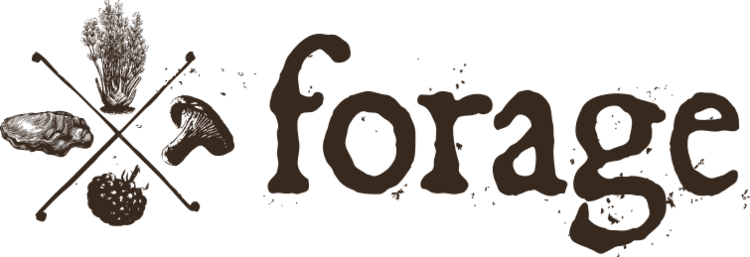Here’s a list of several particularly poisonous mushrooms found on trees, with descriptions of their appearance, the symptoms of poisoning they can cause, and their potential for being confused with edible species.
Read MoreCauliflower mushrooms, also known as Sparassis crispa, are like the hidden gems of the wild mushroom world. Their taste is celebrated by foragers, but finding them can be a bit like searching for a needle in a haystack.
Read MoreForaging is like a treasure hunt in nature, letting us explore and connect with the environment by gathering wild goodies like plants, fruits, and nuts. It's a fun and educational way to appreciate the outdoors and discover foods you won't find at the grocery store.
Read MoreDive into Northern California's spring tradition of morel mushroom hunting—a rewarding adventure where you can discover these unique, cone-shaped treasures in post-wildfire areas, best enjoyed with the expertise of seasoned foragers guiding the way.
Read MoreIn Northern California's forests, chanterelles thrive under conifers and oak trees during late fall and winter. These mushrooms, with their distinctive orange-yellow hue and unique shape, usually hide under conifers and oak trees.
Read MoreIf you live in Northern California, it would be a shame to never collect and prepare seaweed on your own. This part of the country has a bounty of delicious wild seaweeds.
Read MoreNorthern California is home to an array of wild seaweed. Despite the many seaweed forests, there is still a need to be mindful when harvesting.
Read MoreWith spring creeping around the corner, people who know about harvesting wild seaweed start to get ready. This is the best time of year to go out looking for marine algae.
Read MoreSea Lettuce is a type of delicious seaweed that grows all the way down the West Coast. It pops up annually, giving avid seaweed foragers ample opportunity to collect some and try it out at home.
Read MoreThere are many reasons to get into foraging for wild seaweed. One of the main ones is how delicious this superfood is.
Read MoreIf you’re a long time Forage Family member, you’ll notice that we raised the prices on our weekend mushroom foraging classes this year, and I thought it would be nice to write a bit about our reasoning.
Read MoreIn Northern California, you can find several different types of red, green, and brown algae. Below, we highlight some of the best-tasting brown algae because seaweed foragers often overlook them.
Read MoreIf you live in Northern California, you can find loads of edible seaweed on the coast. Since it often grows in large forests, harvesting lots of tasty seaweed is very possible!
Read MoreFinding new types of wild edible mushrooms can be a rewarding experience. While some mushroom foragers know what they like and only go for certain
Read MoreAre you looking for new kinds of wild edible mushrooms to try? It would take a long time to get through all of the delicious species of fungi that the woods of Northern California have to offer
Read MoreWhat’s better then going for a hike and coming home with some delicious food to cook up? Foraging for mushrooms is a free and fun way to enjoy the excellent culinary properties
Read MoreWild edible mushrooms are healthy, tasty, and fun to find! As always, wild mushrooms should be cleaned and inspected thoroughly before they are ready to be cooked.
Read MoreBelow, we’ll take a look at a few awesome mushrooms that avid foragers can find in Northern California during the colder months.
Read MoreLooking to get into mushroom foraging? Northern California is a great place to start. This part of the country is home
Read MoreThe aesthetics of a meal can actually have a lot to do with how much a person enjoys it. Wild edible mushrooms are extremely tasty and can add some great textures to a meal.
Read More




















